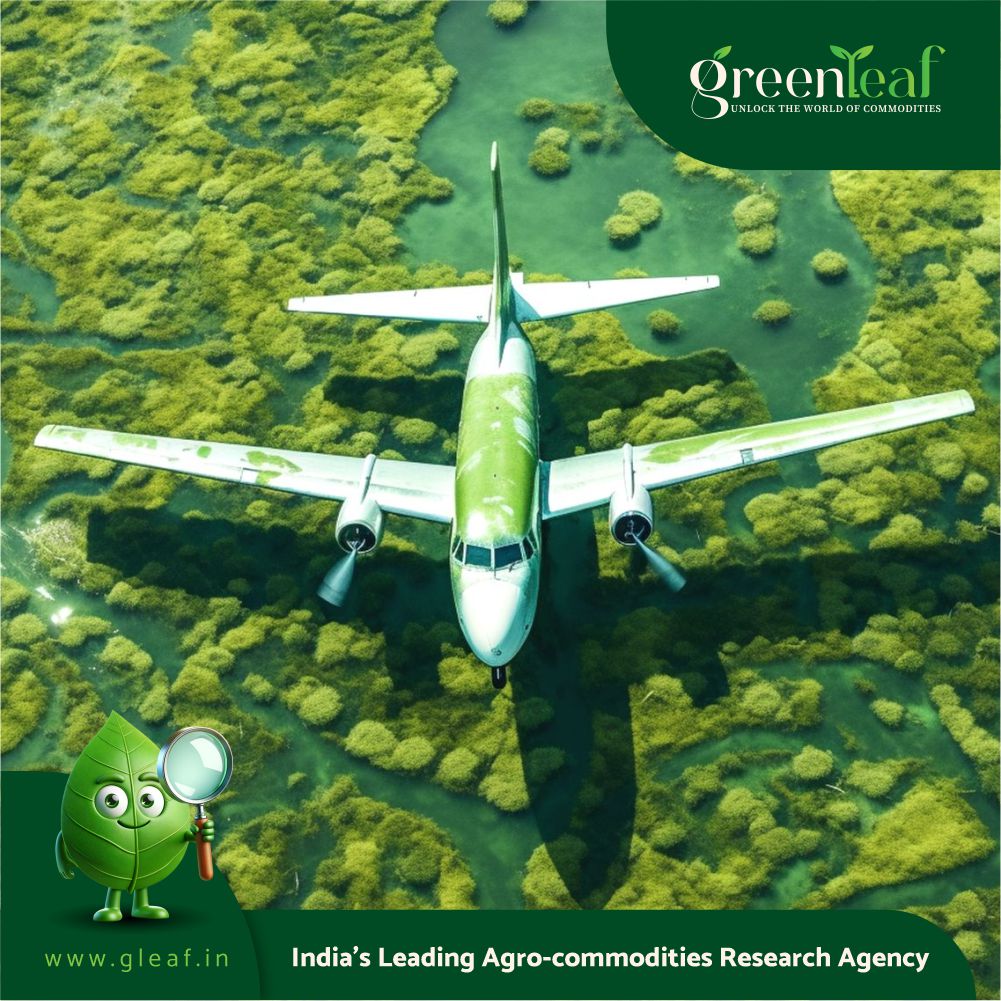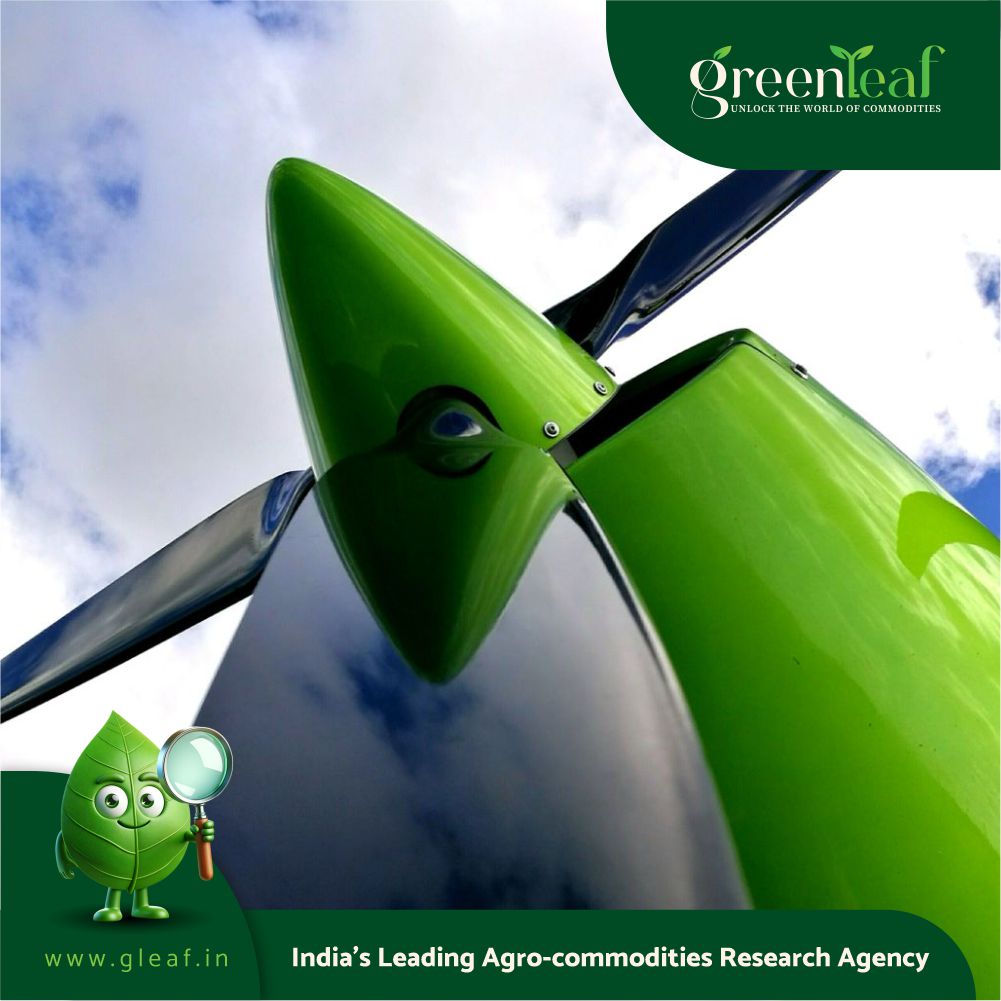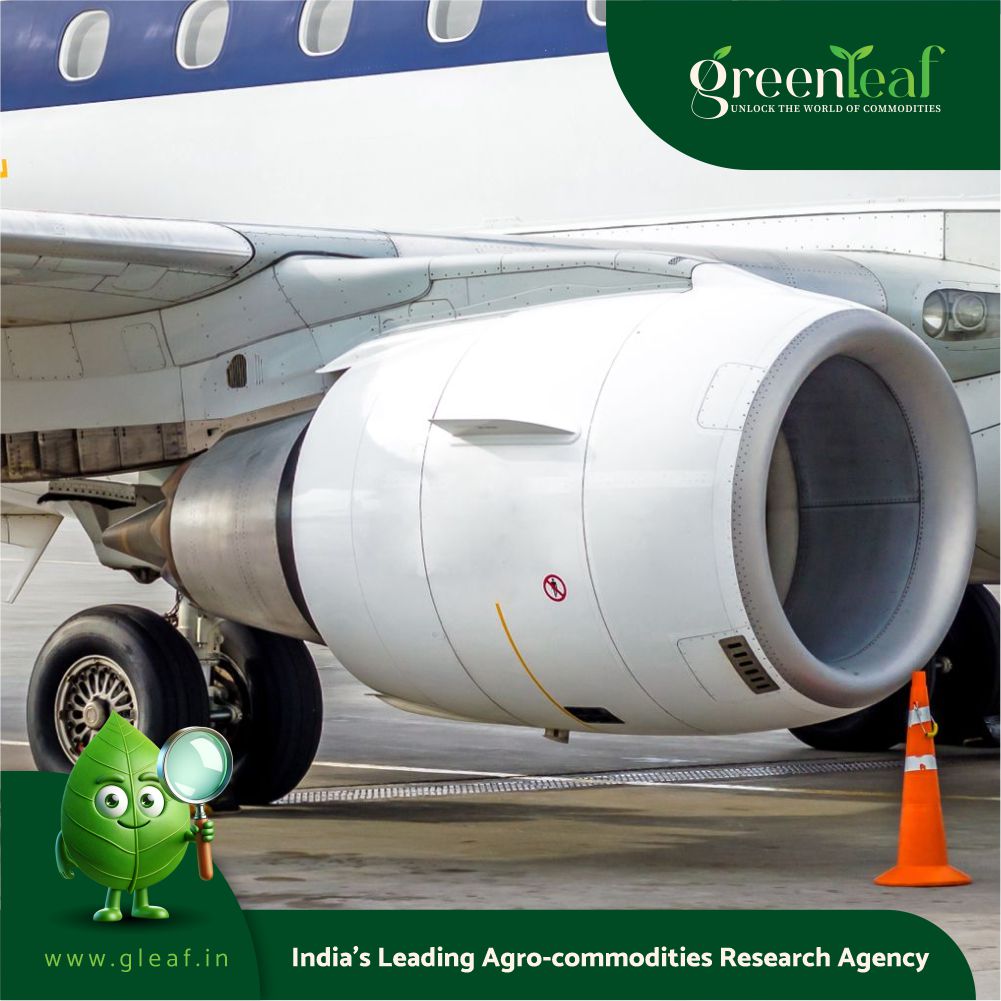June 24 - In 2028, two men plan to spend nine days in the small cockpit of an aircraft and fly non-stop around the world with zero emissions.
Some 125 years after the Wright brothers first took to the air, Swiss explorer and clean technology pioneer Bertrand Piccard and co-pilot and engineer Raphael Dinelli hope to usher in a new era of aviation with their project, Climate Impulse, powered by green hydrogen. “We have to show that another future is possible,” says Piccard.
Flying is one of the world’s most emissions-intensive activities. It contributes 2.5% of global carbon dioxide emissions, but when non-CO2 impacts, such as contrails and nitrogen oxide (NOx) emissions are considered, its contribution to global warming is far higher.
Today, just 10% of us fly, but demand is predicted to double by 2050, and the industry is well off-track to achieve a goal of net-zero emissions by that date.
In the UK, for example, aviation now contributes a greater share of total emissions than the entire electricity supply sector. In a newly released report to Parliament, the Climate Change Committee says that its continued growth could put other climate targets at risk.
Scientists at the University of Cambridge, however, have set out a plan to put it back on course. Success, they say, requires governments to set clear policy objectives, including system-wide efficiency improvements and scaling genuinely sustainable aviation fuels (SAFs) by 2030.
Crucially, the technology is available to achieve these two aims. For example, the International Air Transport Association (IATA) estimates that a 3% improvement in air traffic control operations by 2050 could reduce emissions by almost 50 million tonnes.
SAF is significantly more expensive than the jet fuel used today. That gap is exacerbated by the fact that governments do not tax aviation fuel. Failure to close the tax gap means lost revenues to governments, and keeps emissions higher than they need be, according to transport policy NGO Transport & Environment. Aircraft CO2 standards are also not stringent enough to spur the design of more efficient aircraft.
The other two pillars of decarbonisation are more challenging: the first is contrails, the white trails of cloud that some planes leave in their wake. They have a big climate impact but predicting where contrails will form is complex. The Cambridge team is urging governments and industry to create “living labs” in airspace with a view to deploying a global contrail avoidance system beginning in 2030.
In northern Europe the Maastricht Upper Area Control Centre (MUAC) first carried out successful contrail avoidance trials in its airspace in 2021, by changing flight altitudes. This year it plans to test Google’s machine learning contrail detection system during night trials.
Meanwhile, a French regional airline, Amelia, has been trialling contrail avoidance with technology group Thales, and demonstrated a 30-40% reduction in the overall climate impact of flights, despite a small increase in fuel consumption. In March, aircraft manufacturer Airbus announced projects to investigate the impact of different SAF compositions on contrail formation. It has already demonstrated that using SAF can reduce the climate impact of contrails, compared with burning conventional jet fuel.
Burning SAF still emits carbon dioxide, but over its lifecycle SAF can potentially reduce emissions by up to 80% depending on the feedstock used (such as waste oils and agricultural and forest residues).
However, the most sustainable fuels are made from green hydrogen (produced using renewable energy to split water into its constituent molecules of hydrogen and oxygen) and carbon dioxide captured directly from the atmosphere or from the flue gases of industrial plants, so called e-fuels. Both the EU and UK have set SAF mandates that will prioritise using e-fuels in the longer term.
In the U.S., a tax credit (45Z) for clean fuel production, introduced under the Biden administration, looks set to be extended. However, bills in both houses of Congress exclude emissions generated by indirect land use change to calculate the value of a tax credit, removing a key protection against the expansion of conventional biofuels. The value of the credit for SAF would also be cut.
Analysis by T&E suggests airlines are not doing enough to make the transition to SAFs, with many not even setting a target for SAF uptake. Exceptions include United Airlines, International Airlines Group (IAG) and Norwegian, which have all signed offtake agreements with e-fuels producers. Norwegian has also invested in Oslo-based Norsk Fuels, which plans to have three plants producing 250 million litres of e-fuel by 2030.
IATA says there’s a particular need to assist lower-income countries with knowledge transfer and to develop a market framework for SAFs, so that production expands beyond today’s dominant regions of Europe and the U.S. Otherwise, there won’t be enough production to satisfy global demand.
What’s needed for the longer term, however, are new propulsion systems to bypass carbon altogether. Piccard points out that while aircraft technology progressed from the Wright brothers’ wood and cloth aeroplane to the supersonic jet Concorde in less than 70 years, innovations in the last 50 years have focused on “optimisation and not disruption … making planes safer, more comfortable, more silent and more efficient. Now, aviation has to go back to disruption.”
Piccard first sought to disrupt air travel with Solar Impulse, which flew around the world in 2016, using only the sun’s energy to charge its batteries. But the record-breaking journey took 17 stages and 16 months to complete.
The Climate Impulse is expected to complete the circumnavigation in nine days without touching down. It will be powered by fuel cells fed with hydrogen, which is stored in liquid form in two 18 metre-long pods, lifted by an enormous 34 metre wingspan.
The major technology challenge for the Climate Impulse team is that to remain liquid, hydrogen must be kept at -253 degrees C. It needs to remain well enough insulated, but not too insulated, so that it’s fed at a steady pace into the fuel cells throughout the entire flight.
Twelve companies are collaborating on the project, including Airbus, which worked on the aerodynamics, and materials science company Syensqo (formerly part of Solvay) which has developed the carbon fibre and composite materials for the aircraft body and fuel cell membranes.
Climate Impulse is also working with a Moroccan university to promulgate sustainability knowledge, and with the country’s major phosphate fertiliser company that wants to diversify into green hydrogen.
“My goal is to have a plane that can fly non-stop around the world without emissions,” says Piccard. “We looked (at) what could help us to reach this goal, and the only thing that makes it possible is hydrogen. Maybe in the future, there will be something else. But today, there is not.”
There have been big advances in electric flight, with the industry advancing to the point where electric air taxis are promised for the Los Angeles Olympics in 2028. Airbus, for example, has been working with its partners on hybrid electric systems, as well as solid state battery technology, which would be safer and provide more energy than today’s batteries.
But for long-haul flights, which account for over 50% of the industry’s emissions, batteries are impractical.
This is down to the amount of energy they can store – around 30 times less than the equivalent weight of jet fuel. Moreover, as planes fly and consume fuel, they get lighter, whereas a battery-powered plane would remain the same weight.
But just as the Solar Impulse stimulated interest in electric-powered flight, Piccard’s latest venture is intended to give a much-needed boost to the hydrogen market.
Airbus’s hydrogen programme for commercial aircraft involves aircraft redesign – complete with folding wings – and rethinking the material composition to make aircraft lighter and more fuel-efficient. It is also partnering with airports, energy providers and airlines to explore hydrogen hubs at airports
But hydrogen proponents were dismayed when Airbus announced in February that it has pulled back on ambitions to have a hydrogen-powered aircraft flying by 2035. It now expects this won’t happen until at least 2040.
Guillaume Faury, chief executive of Airbus, told a gathering of journalists and industry in March that while its ZEROe programme, begun in 2020, had demonstrated Airbus could manufacture a hydrogen plane, “it would not be a commercially viable solution at scale.”
So far, there’s no regulatory framework, he said. “But not least, we don't have the hydrogen ecosystem”, with green hydrogen not expected to be available at scale by 2035.
Indeed, European industry groups now expect hydrogen to contribute just 6% of emissions reductions in 2050, compared with the 20% assumed four years ago.
But scaling green hydrogen production also depends on demand; without it there’s no incentive to invest in production.
"If we're going to delay, then the ecosystem will not evolve, because there will not be an aircraft ready,” Jolanda Stevens, programme manager Zero Emission Aviation at Dutch airline KLM told The Ethical Corporation. “For us, the only way out of this cycle, which could go on forever, is to help startups evolve, because they will disrupt this cycle.”
KLM is partnering with British/American developer ZeroAvia, to work towards a hydrogen demonstration flight in 2026.
Stevens adds that cross-industry collaboration is essential to lower costs. “The maritime industry is facing the same problem, and possibly the same solutions as we do, so we are heavily engaging with them and trying to work out, could we be part of the same supply chain for hydrogen? By making a hydrogen valley with an airport and a port, you have availability of hydrogen for both purposes.”
Indeed, in April, the Dutch government announced a 2.1 billion euros commitment to boost green hydrogen production, and work is underway to develop new hydrogen infrastructure at the Port of Rotterdam.
Herve Moran, chief of future platforms at engineering group Rolls-Royce, told a panel at the Innovation Zero conference in April in London that the Airbus delay shouldn’t detract from the potential of hydrogen.
In collaboration with easyJet, it ran its first hydrogen test engine in 2022. The two now plan to begin outside testing using 100% hydrogen fuel in a full-scale jet aircraft engine at NASA’s space centre in Mississippi.
Moran said that various scenarios for the future of aviation “have a lot of commonality around certain needs for low-cost, low-carbon electricity and hydrogen as a feedstock”.
While SAF may dominate as the decarbonisation route up to 2050, “if you then imagine a different future, with hydrogen beyond the 2050s becoming more dominant, you find that your ballpark (requirements) for electrification and investment, and your ballpark hydrogen needs, are not very different.
"So, I think there is an important message (that) there are things we can rally behind now, irrespective of the future we believe in, to get wheels in motion.”















